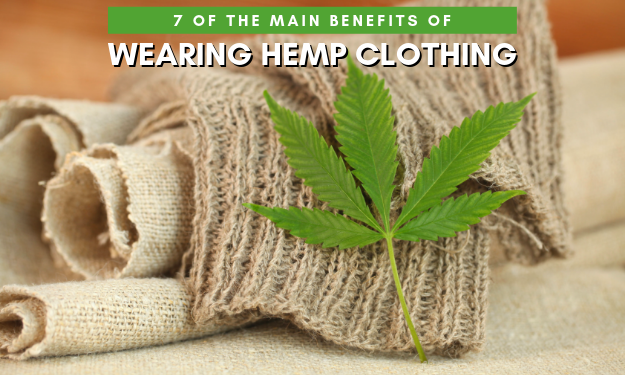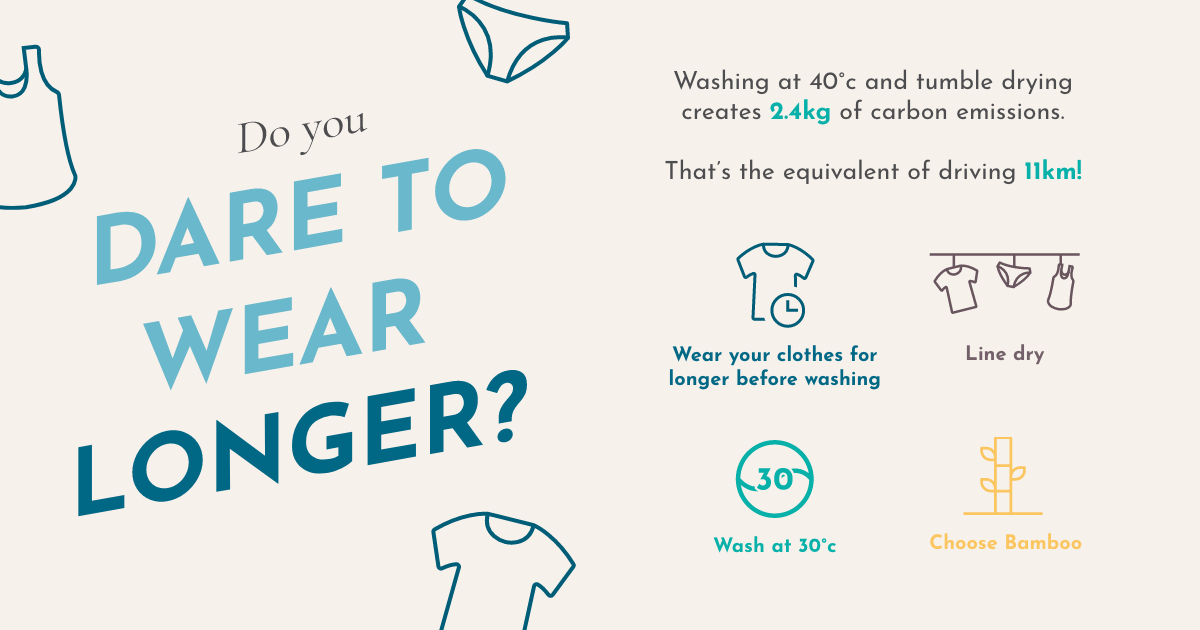Excellent News For Deciding On Bamboo Clothes
Wiki Article
What Are The Advantages That Hemp Clothing Made Of Low-Impact Fibres Has For The Environment.
Low impact hemp clothing is more environmentally friendly than clothes made from synthetic fibers. Here are a few important environmental benefits of hemp clothing- Sustainable farmingHemp - Hemp is a very sustainable crop. It is a fast-growing crop which requires less water, pesticides, or herbicides compared to other crops. Hemp thrives in different climates. It also is able to adapt to different soil varieties.
Reduced Water Usage- Hemp generally requires less water than cotton, which is renowned for its heavy water consumption. This makes hemp an environmentally-friendly option for clothing.
Hemp is usually grown without using synthetic pesticides. The use of herbicides is also not needed. This can help reduce the environmental impact that comes with chemical farming.
Hemp is good for soil health. The deep roots of the plant prevent compaction and erosion. Hemp leaves the soil better prepared for the future crops.
Biodegradability Hemp fibres are biodegradable, and they break down as they age. They reduce the impact on the environment of textiles. Synthetic fibers like polyester, can last up to a few hundred years before decomposing.
Reduced Carbon Footprint- Production of hemp fibers leaves an overall lower carbon footprint than synthetic materials. Furthermore, hemp is able to absorb carbon dioxide during its growth, and serve as an carbon storage.
Hemp clothing is known for its durability and wear-and-tear. The best hemp clothing will last for an extended time, decreasing the requirement to replace them frequently.
Natural Pest Resistance Hemp plants have natural resistance to numerous pests, thus reducing the need for chemical insecticides.
Hemp has a wide range of applications in textiles like clothing, accessories, bags, and more. This makes it an eco-friendly, versatile option for fashion and textiles.
Regenerative Agriculture. Some sustainable farming practices incorporate hemp into Regenerative farming practices, which aim in restoring and improving ecosystems while cultivating crops. This approach can have positive environmental impacts.
The sustainability of clothing is dependent on many factors like the dyeing process, transport as well as the consumer behaviour. As with any industry, there can be variations in the production methods and standards. It's important to choose hemp clothing that is sustainable or organic options to ensure the highest environmental benefits. Have a look at the top rated hemp clothing for website tips including hemp hoodie, organic hemp clothing, hemp denim, patagonia hemp work pants, hemp pants mens, womens hemp clothing, 100 hemp clothing, hemp trousers, patagonia hemp vest, patagonia hemp vest and more.

What Makes Hemp Clothing More Useful And Technologically Superior Than Conventional Fibres Compared To Other Fabrics?
Hemp clothing has a variety of practical and technical advantages over other fabrics, as well as being sustainable. Here are a few ways hemp clothing could be a high-performance, eco-friendly alternative.
Hemp fibers are highly breathable and moisture-wicking, making hemp clothing comfortable to wear under a variety of conditions. They help wick the moisture away from your body. This will keep you cool, dry and reduce the chance of germs and odors.
Temperature Regulation
Hemp clothing has great thermoregulating properties. It keeps you warm in cool weather by trapping warmth close to your body and help you stay cool in hot conditions by allowing heat as well as moisture to escape. Being able to control your body's temperature naturally can allow you to not have to change clothes often.
Durability & Longevity
Hemp is well-known for its durability. Hemp clothing is typically more durable, resilient and wear-resistant than other fabrics like cotton. The durability of hemp clothing is that it lasts longer, decreasing the need to replace them and, consequently, the impact on the environment.
UV Protection
Hemp fibers protect the skin from harmful UV radiations. This is especially beneficial when you are doing outdoor sports or activities.
Biodegradability:
Hemp clothing breaks down as time passes. It is a great method to reduce the amount of textile waste and the impact on the environment.
Low Environmental Impact
Hemp farming generally uses less chemical pesticides and herbicides that conventional cotton. Hemp plants use less water and is therefore a better choice for the environment. This eco-friendly aspect is further improved through organic farming.
Carbon Sequestration
Hemp can be used to capture CO2 from the atmosphere. The hemp plant is cultivated as a carbon sink and aids in reducing the level of greenhouse gases.
Sustainability and Crop Rotation-
Hemp can be included in rotations of crops to improve soil health and reduce the risk of diseases and soil depletion. The eco-friendliness of hemp is enhanced by this sustainable farming technique.
Versatility:
Blending hemp fibers with other materials such as organic cotton or recycled polyester is a way to make eco-friendly and high-performance fabric blends. This makes it possible for textiles to be creative and eco-friendly.
Low Toxicity-
Hemp fibers, which are low-toxic by nature and don't require extensive chemical processing in the manufacturing process, help reduce the environmental impact.
Apart from hemp's numerous practical and environmentally friendly benefits, it's important to be aware that the sustainability of clothing may be affected by other elements such as dyeing methods, transportation, or ethical labour practices. To make sustainable choices, consumers should look for clothing brands that are committed to sustainability integrity, transparency, and ethical manufacturing practices, while using hemp and other sustainable fibers in their designs. Have a look at the best hemp clothing tips for website recommendations including hemp boxer shorts, hemp sweatpants, patagonia double knee pants, hemp jacket, jungmaven t shirt, hemp sportswear, hemp work pants, hemp jacket, organic hemp clothing, patagonia hemp overalls and more.
What's the difference between hemp fibre and bamboo fibre?
The two fibers from plants, hemp and Bamboo are utilized in textile production Each has its particular characteristics and features. Here are the most important differences between bamboo and hemp fibers. Plant Source-
Hemp- Hemp is derived from hemp stalks. Particularly the outer basts. Hemp is a multi-faceted and rapidly-growing plant, has been cultivated throughout the ages in various ways.
Bamboo Fibers- Bamboo fibers are made from the pulp. Bamboo is a grass that grows quickly and is renowned for its durability.
2. Fiber Characteristics-
Hemp The fibers of hemp are extremely durable and sturdy. They're among the strongest natural fibers and soften each time they're washed, so they're great for creating textiles.
Bamboo fibers can be smooth and soft. The fibers are not as strong than hemp and more fragile. However, they are highly prized for their comfort when placed on the skin.
3. Texture, Feel and Look-
Hemp Fabric Hemp is a fabric with a texture, and a more coarse feel in its original state. It can be comfortable however it has a different texture compared to bamboo.
Bamboo- Bamboo fabric feels soft, silky and luxuriously soft. It is often compared to the combination of silk and twill. This makes it extremely comfortable.
4. Dryness and Breathability-
Hemp- Hemp is naturally and breathable. Hemp also absorbs water. They can help keep you cool and dry in hot conditions.
Bamboo is also very ventilated, and it also wicks away water. They are made up of micro-gaps that improve their ability to regulate humidity and temperature. This keeps you comfortably in various environments.
5. Environmental Impact-
Hemp Hemp is a type of fiber that is considered to be eco-friendly due the fact that it needs minimal water, grows quickly, and has a high resistance to pests. It also lowers pesticide and herbicide use. It can also remove carbon dioxide from the atmosphere as it expands.
Bamboo is a well-known choice for building materials that are sustainable. It is fast growing, requires less water and can be grown without synthetic herbicides or pesticides. Certain varieties of bamboo are thought to be very sustainable, for example Moso bamboo.
6. Processing-
Hemp- Hemp fibers must be processed extensively in order to separate the outer bast fibres from the inner core. The processing may include retting, or decortication.
Bamboo fibres- Bamboo fibres are generally obtained via chemical process called the rayon or viscose process. This involves breaking down the bamboo pulp with chemicals. Some bamboo textiles, however, use closed-loop processes to help reduce the waste of chemicals.
7. Versatility-
Hemp Fibers Hemp fibers can be used for a variety of applications, including clothing, textiles papers, and construction materials.
Bamboo Fibers Bamboo fibers have been used in clothing, textiles and many other items.
Both bamboo and hemp have unique properties and offer sustainability benefits. It's all about what you are looking for in a product, and how environmentally conscious you are. Read the top bamboo clothes for blog tips including bamboo hoodie women's, boody bamboo underwear, bamboo newborn clothes, preemie bamboo pajamas, bamboo newborn clothes, bamboo under wear, bamboo jeans, bamboo womens shirts, bamboo trousers mens, bamboo maternity wear and more.
